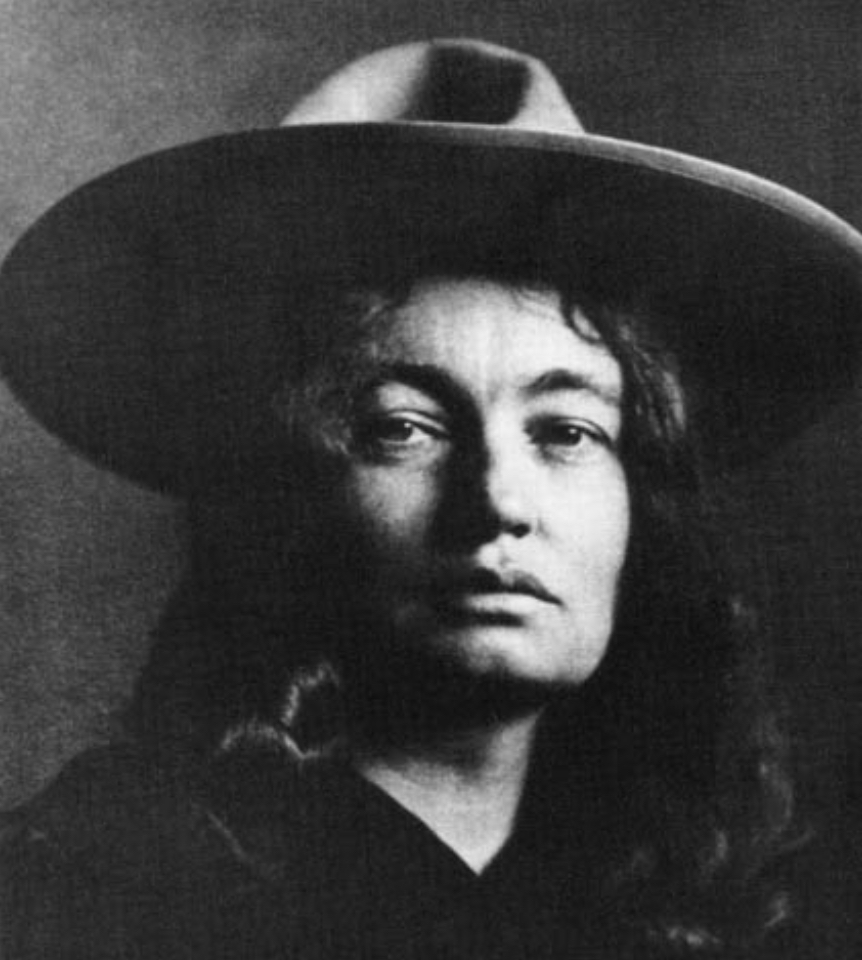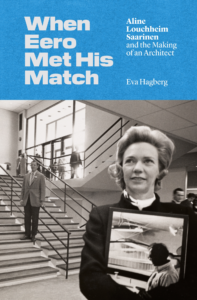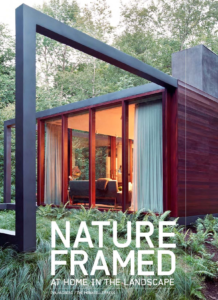The enchanting beauty and rich cultural history of the Southwest, where some of our properties are located, serves as a constant source of inspiration. As part of our new “Great Writers” series, we take immense joy in celebrating individuals whose contributions have cast a lasting glow on the Southwest, mirroring its radiant sunsets. Today, our spotlight is on Mary Hunter Austin, a writer whose connection to the land weaves through her work, reflecting the soul of the Southwest.

Mary Hunter Austin, born in 1868, spent her life deeply immersed in the exploration and interpretation of the American Southwest’s landscapes. Her passion resonates strongly with us at Optima®, as we see our residents similarly captivated by the extraordinary vistas and cultural richness inherent to Optima Sonoran Village® and Optima Kierland Apartments® properties.

Austin’s acclaimed work, “The Land of Little Rain,” transcends conventional narratives, encapsulating the raw and compelling beauty of the Mojave Desert. In this collection of essays, Austin captured the intricacies of desert life — the flora, the fauna, and the Native American cultures — with a poet’s eye and a naturalist’s precision.

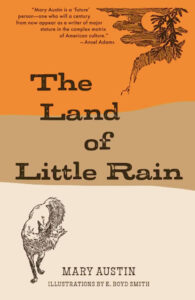
In addition to her descriptions of nature, Austin’s work reflected her strong sense of social justice, particularly related to Native American culture, women’s rights, and environmental conservation. In her writing, we see the Southwest not just as a backdrop, but as an active participant in the lives of the people who inhabit it. It is this vibrant, interconnected community that Austin so cherished, and that we are privileged to be a part of.
Delving deeper into Mary’s writings, we find a profound understanding and respect for the forces that shape the Southwest. Her observations were not passive; they formed the groundwork for a vibrant dialogue between humanity and the environment. Austin didn’t merely write about the Southwest — she engaged with it, championed it, and ultimately became one of its most influential advocates.
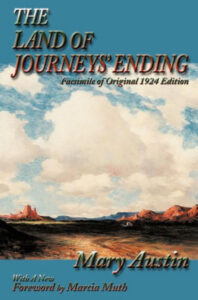
At Optima®, we are inspired by Austin’s deep connection to the Southwest. Her detailed and vibrant narratives serve as a testament to the beauty of the region, reminding us of the power of truly getting to know a land and the importance of fostering a harmonious relationship with it. Through this shared love of these lands we find ourselves forever inspired, and captivated, deeply aware that we are not just creating buildings, but crafting experiences that resonate with the vibrant spirit of the American Southwest — a spirit so eloquently portrayed in Austin’s works.
